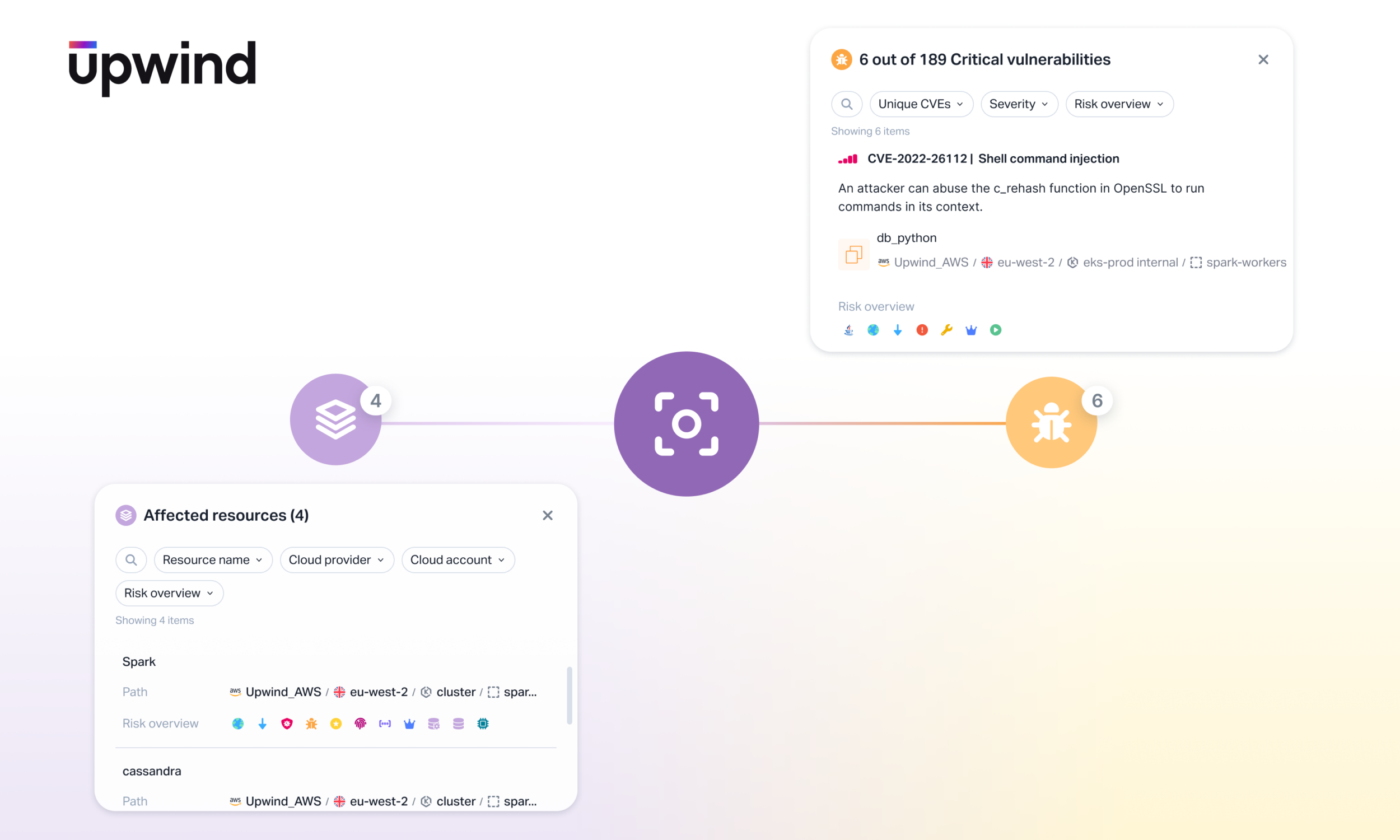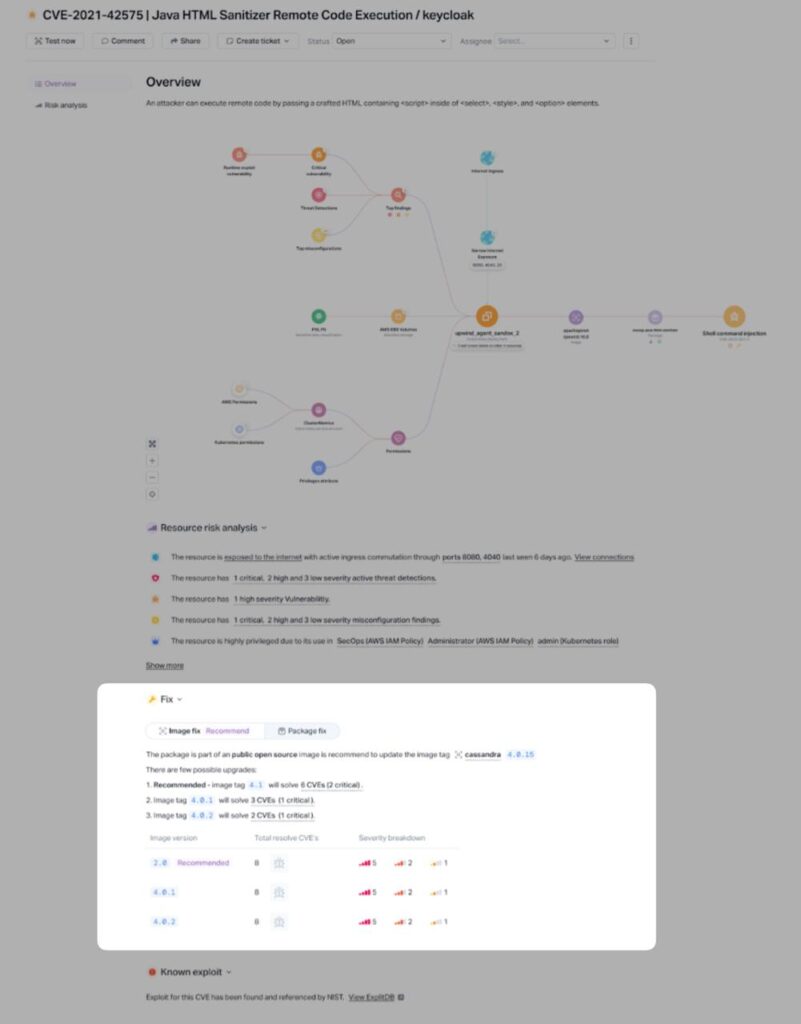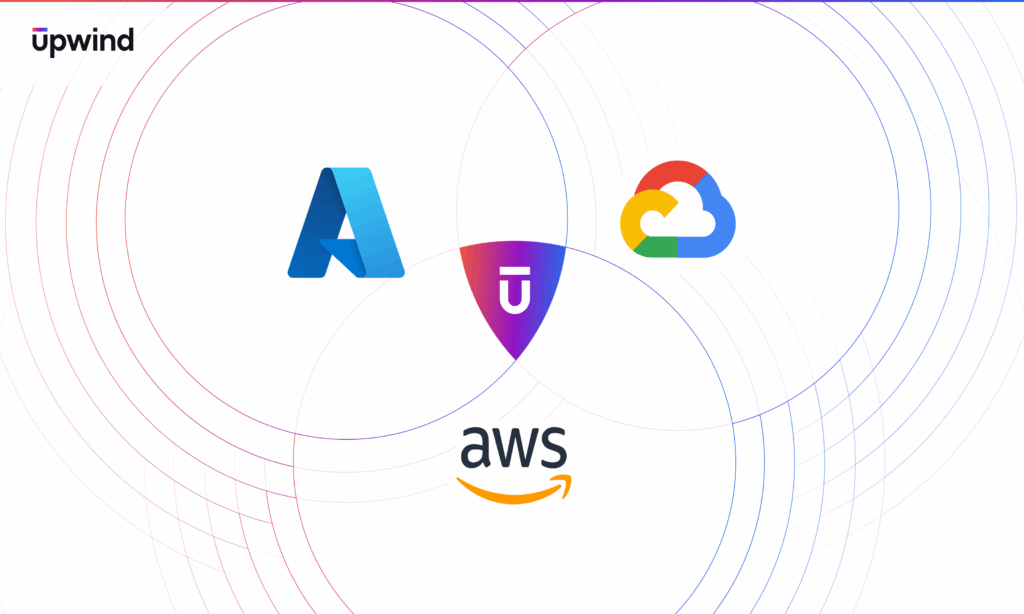
Runtime Context for Smarter Patch Management: Upwind Simplifies Open Source Image Updates
Keeping open source container images up to date and secure is hard. Teams face long, noisy lists of available updates and often can’t tell which are relevant or risky. Upwind helps by showing what’s actually running in your environment and giving clear, context-based recommendations.
The Open Source Security Challenge
Most containerized environments rely heavily on open source components, like NGINX, Redis, Apache, Node.js, or PostgreSQL. These images are regularly updated by their maintainers, often with important performance improvement – or more critically – security patches.
Traditional scanner-based tools flag outdated images, but this information alone is insufficient. Without runtime context, it’s impossible to determine if an outdated image poses a risk or is even in use. This forces teams into a dilemma: update everything blindly, risking breakage, or ignore updates, inviting security vulnerabilities. Both approaches are inefficient and potentially hazardous.
Why Updating Images Beats Updating Packages
To avoid this problem, you could update packages, but in containerized environments, directly patching or updating individual packages inside a running container is often a risky and unsustainable practice. Updating packages rather than images can lead to:
- Breaking Immutability: Containers are designed to be ephemeral and reproducible. Updating packages inside a container breaks that immutability, making the image inconsistent with source control and harder to manage across environments.
- Security Gaps: Updating a package may patch a vulnerability, but it doesn’t guarantee the base image is still secure or supported. Maintainers often address issues holistically in new image versions, not just through individual packages.
- Operational Overhead: Managing package-level updates across hundreds or thousands of containers is inefficient and error-prone. Updating the base image with a trusted, tested upstream version is faster and typically safer since these images are maintained, pre-tested, and regularly patched by the community.
That’s why Upwind gives you the option to update to newer container images, rather than updating packages.
Real-Time Visibility into Image Usage
What makes Upwind stand out is runtime awareness – connecting the dots between container images, running workloads, and the underlying open source packages in use. For example, if an outdated Redis image is present in your registry but never used in production, Upwind won’t surface it as a priority. But if an exposed web service is using a vulnerable version of NGINX, Upwind flags it immediately. It monitors your running workloads and the underlying open source packages in use. This live environment visibility enables context like: :
- Which images are actively running
- Which base layers and open source packages are loaded into memory
- Which workloads are exposed to the internet or processing sensitive data

Actionable Update Recommendations
Armed with this visibility, Upwind delivers precise, prioritized update recommendations. Rather than alerting on every available image update, Upwind prioritizes those that:
- Contain known vulnerabilities with active exploits
- Are part of critical, exposed workloads
- Are currently running in your environment
- Have safer, verified upstream updates available
These targeted recommendations let your team take action with confidence – reducing noise and risk – without disrupting your dev and ops workflows.
Safer Updates, Built for DevOps
Upwind doesn’t just tell you what to update – it fits into the way your team works. Through CI/CD integration, Upwind ensures container images are updated safely as part of your existing workflows. Through Upwind’s Shift Left capabilities, teams are alerted when they’re using vulnerable base images and can rapidly identify deployments using outdated or high-risk open source images based on runtime context. This ensures consistent protection across your software supply chain.
Strengthen Your Open Source Posture with Confidence
Open source is an incredible force multiplier – but only if you can manage its complexity. Upwind brings runtime clarity to the chaos of container image updates, helping you prioritize the updates that matter most and to take action before attackers do. With Upwind, you gain real-time visibility into your running workloads, actionable insights into high-risk open source components, and safe, automated image update workflows that align with how your team already works.
See how runtime intelligence simplifies patching and secures your supply chain. Schedule a demo with Upwind today or drop us a line at [email protected].






